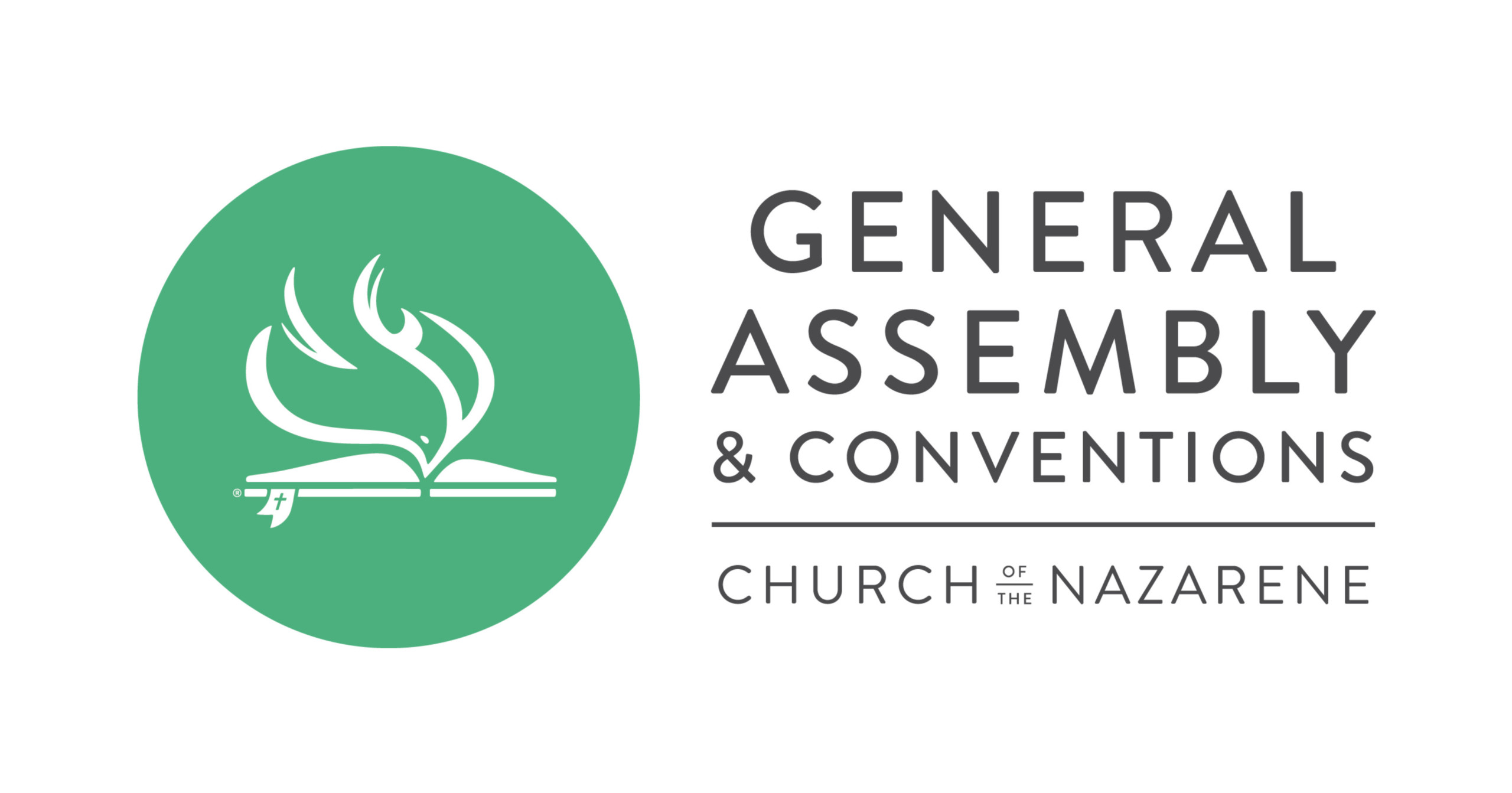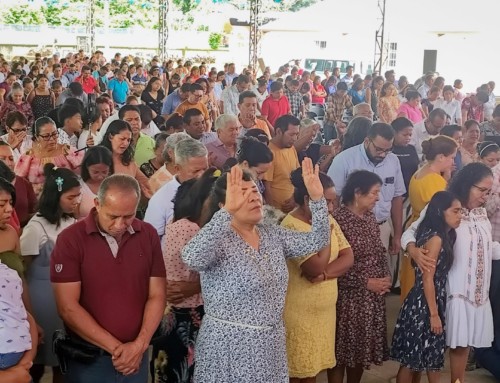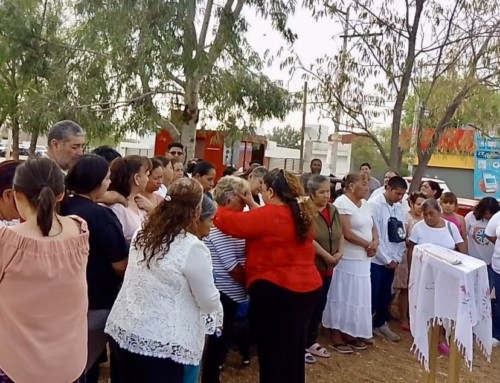The Church of the Nazarene is an international body, comprised of people of many languages, cultures, and nations. General Assembly is one of the structures that holds us together. It has been a focal point of our unity from the outset, when three smaller Wesleyan denominations merged at the First and Second General Assemblies.
Today, delegates gather from every inhabited continent and many island nations to participate in the Church of the Nazarene’s highest legislative body. There, worship services and official proceedings are interpreted simultaneously in multiple languages. One visitor, seeing the many different people and hearing many different languages being spoken, exclaimed: “This looks like the United Nations!”
The General Assembly elects the general superintendents, members of the General Board, and members of other key boards of the global church. It passes legislation that changes the provisions of the church’s Manual and approves resolutions that declare the church ’s collective judgement on current moral and social issues. The Nazarenes are formed as a connectional church, so that General Assembly decisions on matters of doctrine and polity are binding on congregations and districts throughout the denomination.
The Nazarene founders came largely from the Methodist Episcopal Church. Phineas Bresee, first general superintendent, and Benjamin Haynes, first general editor, were delegates to Methodist General Conferences before their Nazarene years. Bresee adapted Methodist Episcopal polity for his church in the western United States, and Haynes stated categorically that the General Assembly and Manual were derived from the Methodist General Conference and Discipline.
Across a century, the important work of General Assembly has created Nazarene Publishing House (1911); the Woman’s Missionary Society, now NMI (1915); the General Board, and the Nazarene Young People’s Society, now NYI (1923).
The 1944 Assembly, where nearly half of the delegates were women, planned for Nazarene global expansion in the post-World War era, authorizing the Spanish Department, Nazarene Theological Seminary, and the Nazarene Radio Commission.
The 1980 General Assembly confirmed internationalization as the future structure going forward—a conscious decision to be a global church, instead of breaking into national churches as older denominations had always done.
Clearly, momentous decisions are made at the General Assembly!
With other conventions held in conjunction, General Assembly has become a large gathering marked by deliberation, celebration, worship, rich Christian fellowship, and even renewal.
Stan Ingersol is the former manager of Nazarene Archives.
Taken from: holinesstoday.org






